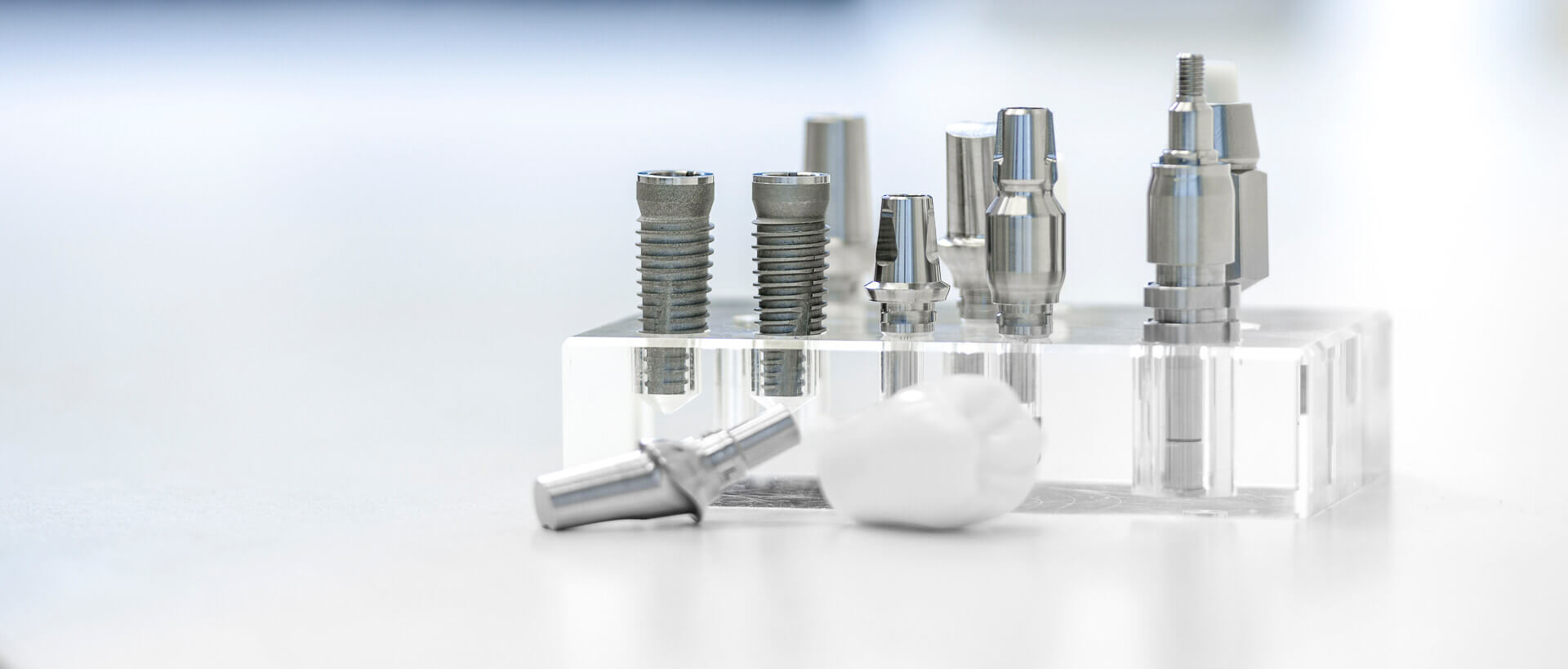
Jawbone Augmentation
If a patient has lost a tooth or more teeth, and if that tooth or the lost teeth will not be replaced by an implant, the results will be progressive loss of the jawbone volume (disuse atrophy). In extreme cases, the mandible (lower jaw) can be become pencil thin and break. In the upper jaw, the bone can shrink down to a 1mm.
This type of bone shrinking can be avoided. Timely and proper replacement of missing teeth with implants can prevent this insidious bone loss.
Frequently, patients would like implants after their jawbones have lost volume to a varying degree. In these cases, the jawbone can be restored completely. Rebuilding the jawbone is among the most frequently performed procedures in oral, maxillofacial surgery. A rebuilding of the jawbone is mostly carried out with a mixture of autologous bone and bone substitute material. In many cases, autologous bone can be removed, from the mouth of the patient. If there is more bone required, it can also be taken from the patient's pelvis. This may be necessary, for example, after the removal of a jaw cists or jaw tumor where more bone is needed.
Procedures of a bone rebuilding before and during an implant procedure are so diverse that we have devoted a special page to this topic. Find more information at www.implantate-koeln.ws.


